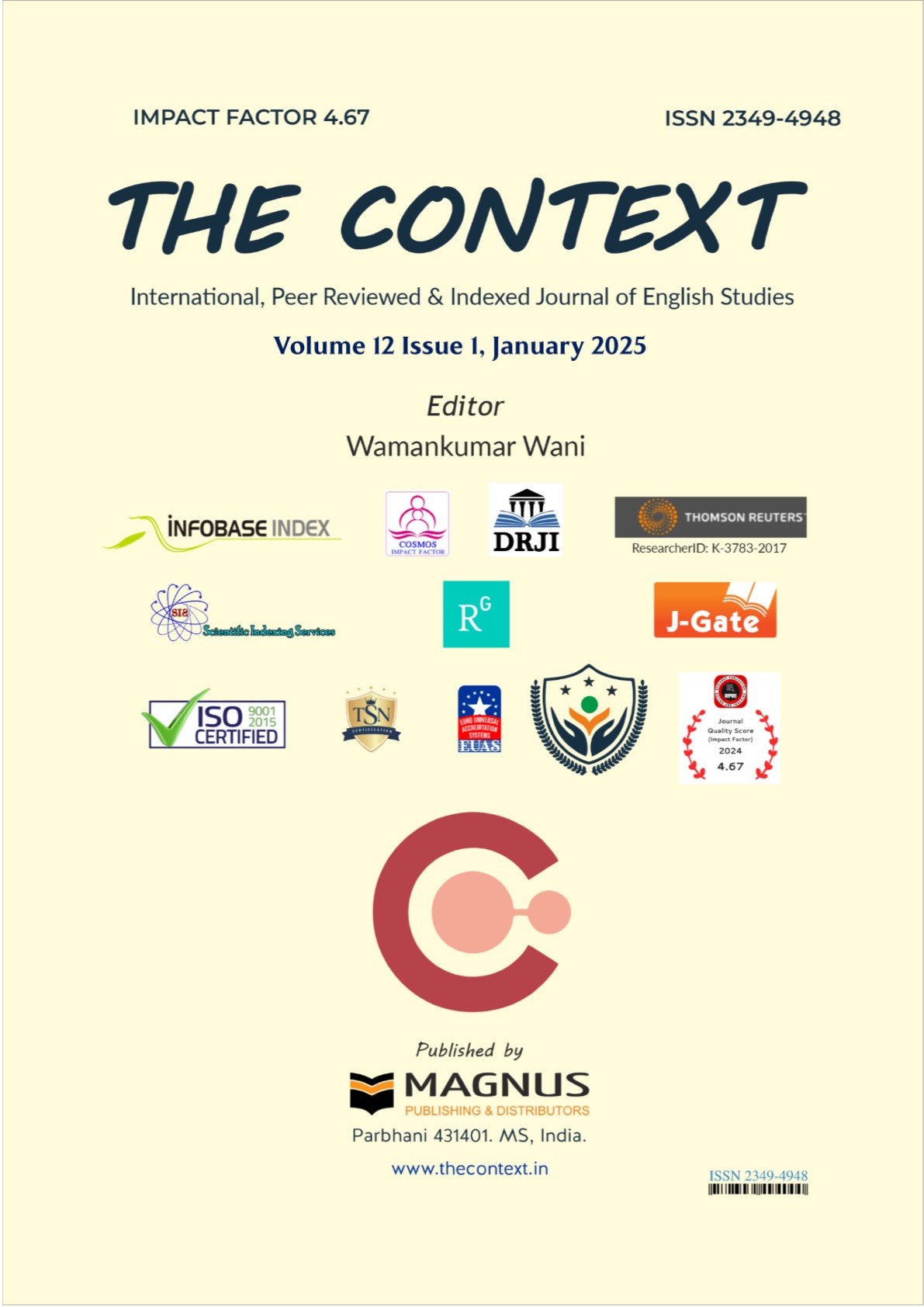The Third Life of Grange Copeland: Exploitation of the Powerless by the Powerless
Keywords:
Racism and oppression, Black masculinity, Post slavery identity, Feminist literary criticism, civil rights eraAbstract
The late sixties were a time of turmoil in the U.S.A. This was the time when Alice Walker was writing her first novel The Third Life of Grange Copeland, and completed three days before the birth of her daughter Rebecca in 1969. The novel was published in 1970. It is a story of a black sharecropper, named Grange Copeland who is enslaved and dehumanized by poverty and debt. He abandons his wife Margaret and his son Brownfield and migrates to North America. He degrades his wife Mem to the point where he can recover part of his ego by dominating her. He betters and crushes his wife and their three daughters and eventually kills her out of neurotic jealousy. The youngest daughter Ruth, is taken in by Grange. With the passing of time, he returns to South and is totally transformed. He nurtures and protects Ruth in the end to the point of killing his own son and sacrificing his own life. Thus, Grange Copeland evolves from a victim of abuse, by his white boss to a perpetrator of abuse against his own wife and son and, finally, in his ‘third life,’ into the protector and guardian of his beloved granddaughter, Ruth.
Downloads
Downloads
Published
How to Cite
Issue
Section
License
Copyright (c) 2025 The Context

This work is licensed under a Creative Commons Attribution 4.0 International License.






